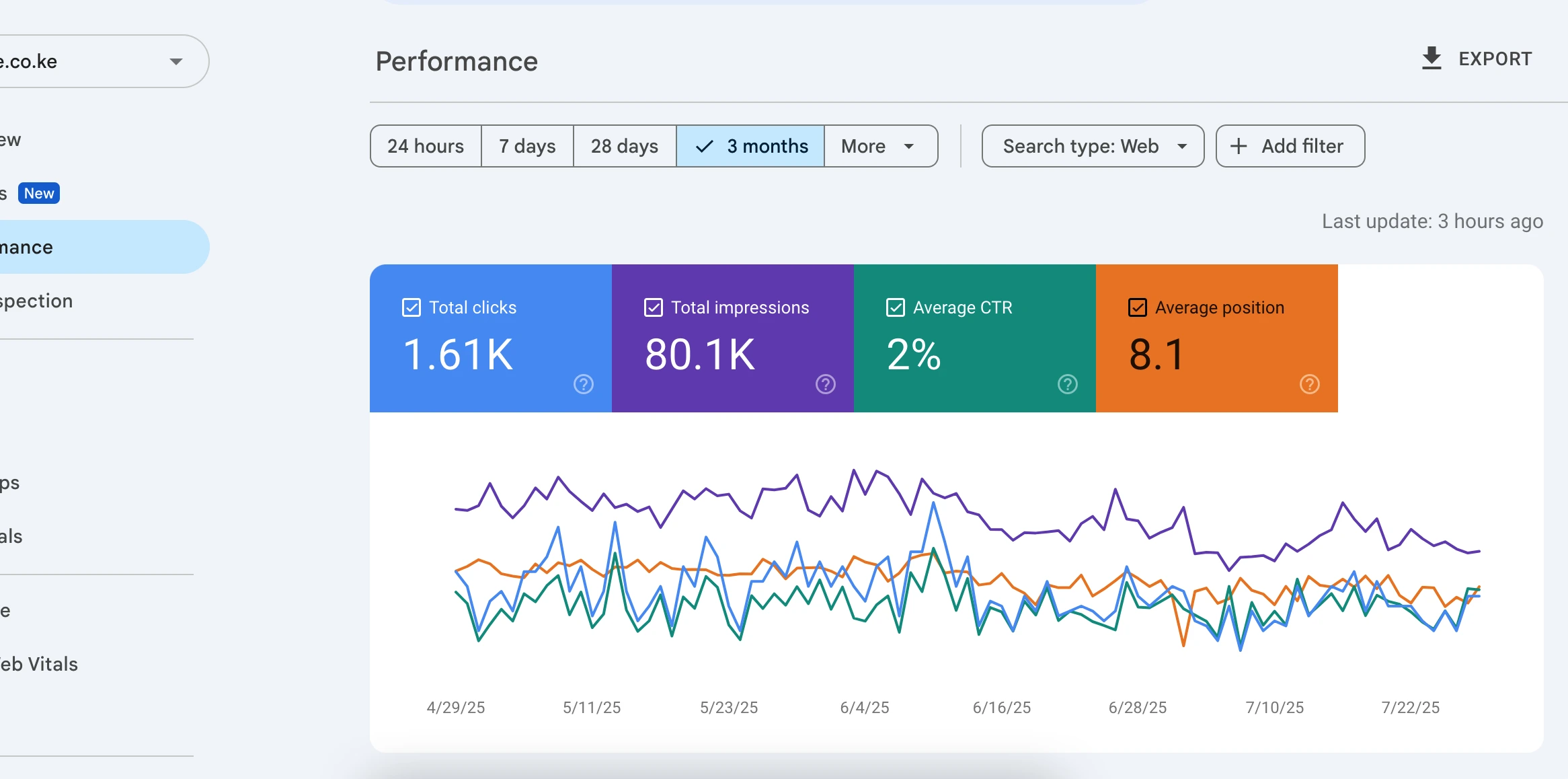
Introduction: Why Auditing Your Ecommerce Site Matters
Running an online store is exciting, but are you sure it’s performing at its best? Many store owners miss simple mistakes that could be costing them sales. The good news? You don’t need to be a tech expert to audit your site!
A site audit is like a health checkup for your online store—it helps you find and fix problems before they hurt your business. Whether you’re struggling with slow loading times, confusing navigation, or poor search rankings, a simple audit can make a big difference.
In this guide, we’ll break down how to audit your ecommerce site in easy steps, even if you’re a complete beginner.
What is an E-commerce Site Audit?
An e-commerce site audit is a full review of your online store to identify what’s working and what’s not. It covers:
- SEO (Search Engine Optimization) – Is your store easy to find on Google?
- User Experience (UX) – Is your site easy to navigate?
- Site Speed – Does your store load fast?
- Mobile-Friendliness – Does it work well on phones?
- Content Quality – Are product descriptions clear and engaging?
Think of it as tidying up your store so customers (and Google) love it.
How to Audit Your Ecommerce Site (Step-by-Step)
1. Check Your Site’s Loading Speed
Why it matters: If your site takes more than 3 seconds to load, 53% of visitors will leave.
How to check:
- Use Google PageSpeed Insights (free tool)
- Enter your website URL
- Follow the suggestions to improve speed (like compressing images)
Quick Fixes:
✅ Reduce image sizes
✅ Enable browser caching
✅ Use a fast hosting provider
2. Make Sure Your Site is Mobile-Friendly
Why it matters: Over 60% of online shopping happens on mobile phones. If your site isn’t mobile-friendly, you’re losing sales.
How to check:
- Use Google PageSpeed Insights to see it perfomes
- Try browsing your site on your phone—is it easy to use?
Quick Fixes:
✅ Use a responsive theme (Shopify, WooCommerce, etc.)
✅ Test buttons and links on mobile
✅ Avoid tiny text that’s hard to read
3. Review Your Product Pages
Why it matters: Poor product pages = lost sales.
What to check:
✔ High-quality images (multiple angles, zoom feature)
✔ Clear product descriptions (avoid jargon, highlight benefits)
✔ Pricing & discounts (are they visible?)
✔ Call-to-action (CTA) buttons (“Buy Now” or “Add to Cart” should stand out)
Quick Fixes:
✅ Add customer reviews (social proof boosts trust)
✅ Use bullet points for easy reading
✅ Include shipping & return info
4. Fix Broken Links & Errors
Why it matters: Broken links frustrate customers and hurt SEO.
How to check:
- Use Google Search Console (free)
- Or try Screaming Frog SEO Spider (free version available)
Quick Fixes:
✅ Update or remove broken links
✅ Fix 404 errors (redirect missing pages)
5. Improve SEO for Better Google Rankings
Why it matters: Better SEO = More free traffic from Google.
What to check:
✔ Keyword optimization (Are you using words customers search for?)
✔ Meta titles & descriptions (Short, clear, and enticing)
✔ URL structure (Simple, like /blue-running-shoes instead of /product123)
✔ Use tools like seositecheckup to test your on-page SEO
Quick Fixes:
✅ Use Google Keyword Planner to find relevant keywords
✅ Write unique meta descriptions for each page
✅ Fix duplicate content issues
6. Test the Checkout Process
Why it matters: A complicated checkout = abandoned carts.
What to check:
✔ Guest checkout option (Not everyone wants to create an account)
✔ Multiple payment methods (Credit card, PayPal, etc.)
✔ Clear shipping costs (No surprise fees at checkout)
Quick Fixes:
✅ Reduce the number of steps to checkout
✅ Add trust badges (secure payment icons)
✅ Offer free shipping (if possible)
Free Tools to Help You Audit Your Site
You don’t need expensive software—these free tools can help:
🔹 Google PageSpeed Insights – Checks site speed & Tests mobile usability
🔹 Google Search Console – Finds SEO errors
🔹 Screaming Frog SEO Spider – Detects broken links
🔹 Hotjar (free plan) – Shows how users navigate your site
Final Thoughts: Auditing is Easier Than You Think!
You don’t need to be an expert to improve your ecommerce store. By following these simple steps, you can:
🚀 Speed up your site
📱 Make it mobile-friendly
🔍 Boost SEO rankings
🛒 Reduce cart abandonment
Start small—pick one area to fix today, then move to the next. Even small changes can lead to bigger sales and happier customers!
Ready to audit your store? Bookmark this guide and take action now!
FAQs
Q: How often should I audit my ecommerce site?
A: At least every 3-6 months—or whenever you make big changes.
Q: Do I need a developer to fix issues?
A: Not always! Many fixes (like image optimization) can be done yourself.
Q: What’s the #1 mistake in ecommerce audits?
A: Ignoring mobile users. Always test on phones first!
Liked this guide? Here are other resources that might come in handy:
- 5 Technical SEO Mistakes Crippling Your Ecommerce Store’s Visibility
- Why Structured Data is a Game-Changer for Ecommerce
- Optimize Product Pages for SEO: Boost Rankings & Sales
By keeping your site in top shape, you’ll attract more customers and grow your business—without the stress. Happy auditing! 🛍️
Our Templates
The Turnkey Commerce Suite.
Our Trending blogs










Myrachanto
I help ecommerce businesses scale faster with tech-driven SEO and high-performance web development. With 5+ years of full-stack expertise, I specialize in:
Ecommerce SEO
Optimizing product pages, structured data, and site architecture to boost organic traffic.
Blazing-Fast Stores
Building with React.js, Next.js, Qwik.js, and Golang for speed and conversions.
I write about ecommerce growth—from technical SEO to conversion-focused development—so store owners and marketers can leverage tech for real results.





